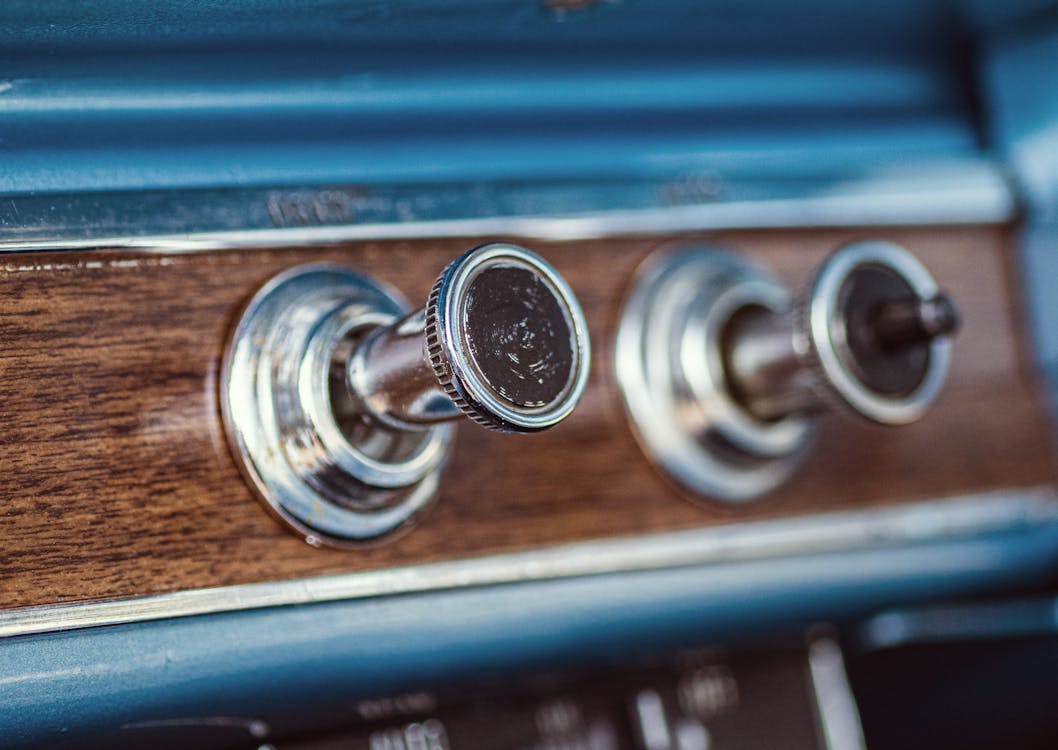
For the past decade, cars and truck insides have been swiftly progressing toward streamlined, screen-dominated control panels. Touchscreens changed conventional handles, sliders, and switches in what many presumed was the unavoidable march of progression. Yet, in an unforeseen spin, physical buttons are silently making their way back right into modern automobiles. The shift signals more than simply a nostalgic nod-- it's a feedback to real-world feedback from vehicle drivers yearning simpleness, safety and security, and tactile contentment.
The Digital Overload Dilemma
When touchscreens first began taking control of control panels, they seemed like the future: clean, adjustable, and filled with features. They eliminated clutter and allowed automakers to enhance their insides with less physical parts. But as more features were buried within digital food selections, vehicle drivers started to voice concerns.
Touchscreens typically need several actions to do standard jobs like changing the environment or altering the radio station. Unlike buttons, they lack the intuitive muscle memory that allows a driver to change a setup without taking their eyes off the roadway. With so much occurring on-screen, it ends up being all as well easy to get sidetracked-- something no person desires when traveling at freeway speeds.
The Return of Tactile Functionality
Among the greatest benefits of switches is their responsive feedback. You can feel them without needing to look. This sensory reinforcement makes them not simply convenient yet more secure for vehicle drivers. When your hand instinctively knows where the quantity knob is or how much to push a switch to activate the defrost, it lowers the requirement to glance down or far from the road. And while touchscreens supply comfort for infotainment and navigating, the vital everyday features-- like hazard lights, audio controls, and HVAC-- really feel better fit to physical controls.
In fact, several chauffeurs that previously spoke highly of electronic systems have shared gratitude for newer designs that mix modern aesthetics with the functional feeling of conventional controls. It's not regarding rejecting advancement-- it's concerning enhancing functionality.
A Balanced Design Philosophy
Developers have actually noticed this shifting belief. Rather than deserting screens, they're rethinking just how they're incorporated. The best interiors now strike a balance between digital adaptability and analog precision. That suggests purposefully placing switches for crucial features while making use of electronic user interfaces for applications, navigating, and media.
This hybrid strategy is specifically preferred in lorries made for long-distance driving or family members. The convenience of pressing a switch without messing up with a menu makes a big difference when you're attempting to remain focused, comfortable, and secure. Also in automobiles understood for innovative tech, a simple rotary dial or responsive control can be the function that wins over drivers seeking thoughtful design.
Buttons and the Emotional Connection
There's additionally something distinctly emotional concerning switches. They bring a certain degree of interaction that touchscreens just don't replicate. Pushing a button or transforming a dial feels like you're literally communicating with your vehicle-- it includes a layer of connection that makes the driving experience more enjoyable.
For those thinking about used Chevy cars, lorries from recent years usually provide the very best of both globes: responsive touch interfaces coupled with timeless physical controls. These models bridge the gap between technology and familiarity, making them suitable for drivers who appreciate contemporary functions without giving up convenience of use.
Technology Isn't Just About Screens
It's easy to conflate innovation with screens, however the original source real advancement suggests boosting the driver experience. In this light, buttons are a form of smart design. They're fast, accurate, and don't require focus. As auto layout comes to be increasingly driver-centric, convenience and intuition take spotlight.
This likewise ties directly into the resale and trade-in worth of lorries. Autos that focus on easy to use functions have a tendency to age far better in the eyes of future customers. If you're thinking about a Chevrolet trade in, knowing that your present car supplies a thoughtfully made interior, full with quickly obtainable controls, can have a positive influence.
The Future Is Functional
As automobile manufacturers re-evaluate the function of user interfaces in the cabin, they're directed by vehicle driver comments and real-world use studies. The rebirth of buttons doesn't signify a return to the past-- it's an advance in thoughtful, user-first layout. It recognizes that progress doesn't constantly suggest eliminating the old however incorporating it in such a way that makes driving safer, easier, and a lot more enjoyable.
If you're in the market and checking out Chevy new car deals, keep an eye on how different versions handle their indoor controls. It's not nearly the touchscreen dimension-- it's concerning exactly how the automobile aids you remain focused on the road while making your daily commute more instinctive. Buttons could not be the flashiest function, however they're rapidly becoming one of one of the most valued.
For more insights right into vehicle patterns, interior design innovations, and wise car buying suggestions, make sure to check back regularly. We're always updating the blog with fresh ideas to help you browse the road in advance.